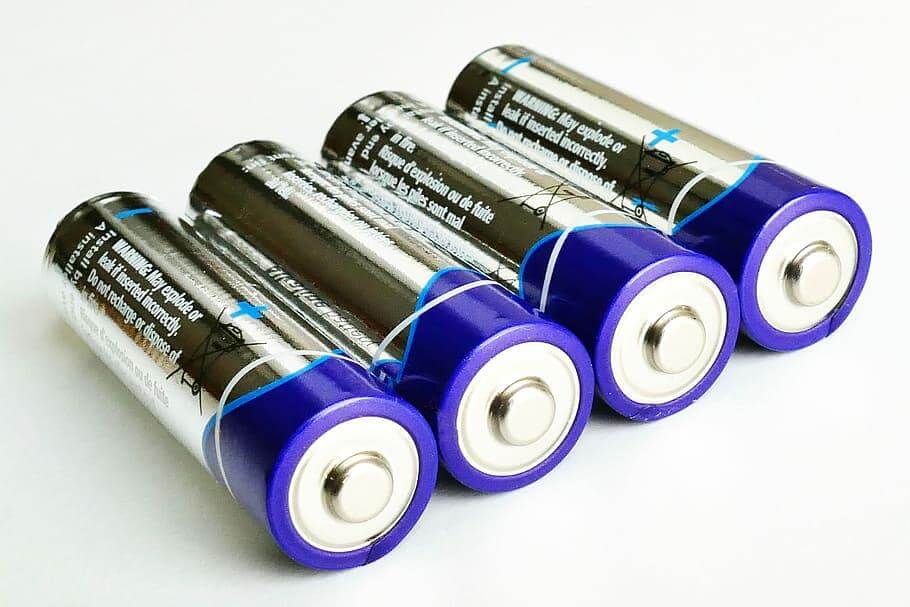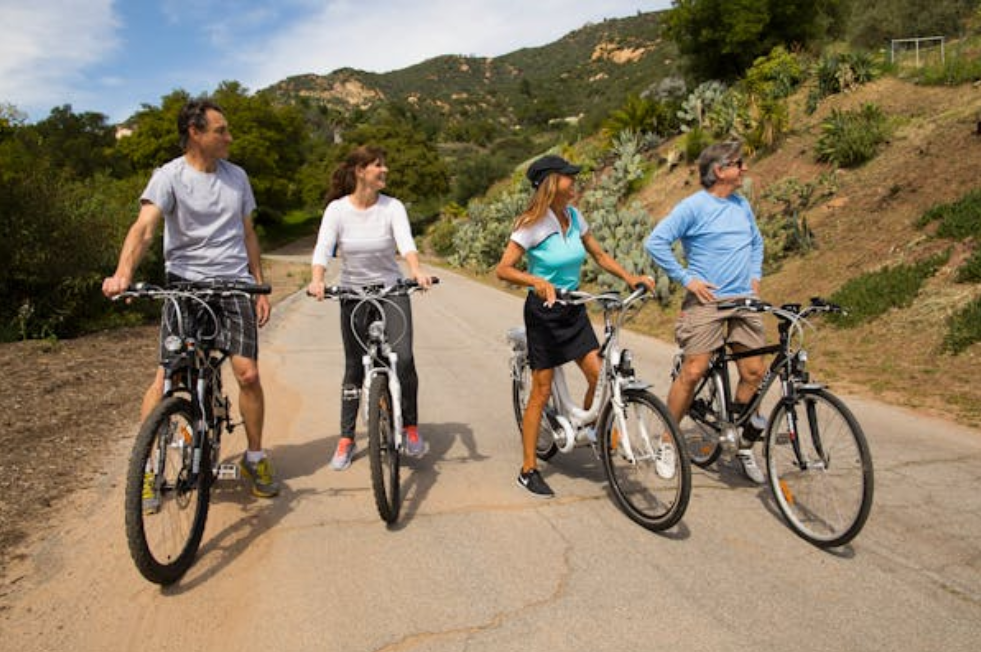Although there is a growing need for e-bike mobility, e-bike enthusiasts are now more interested in range compared to performance. Additionally, a new generation of e-bikes now pushes the boundaries of what is possible on a single charge. However, the existing models do not satisfy riders’ needs, as they continue to demand more from the battery and motor.
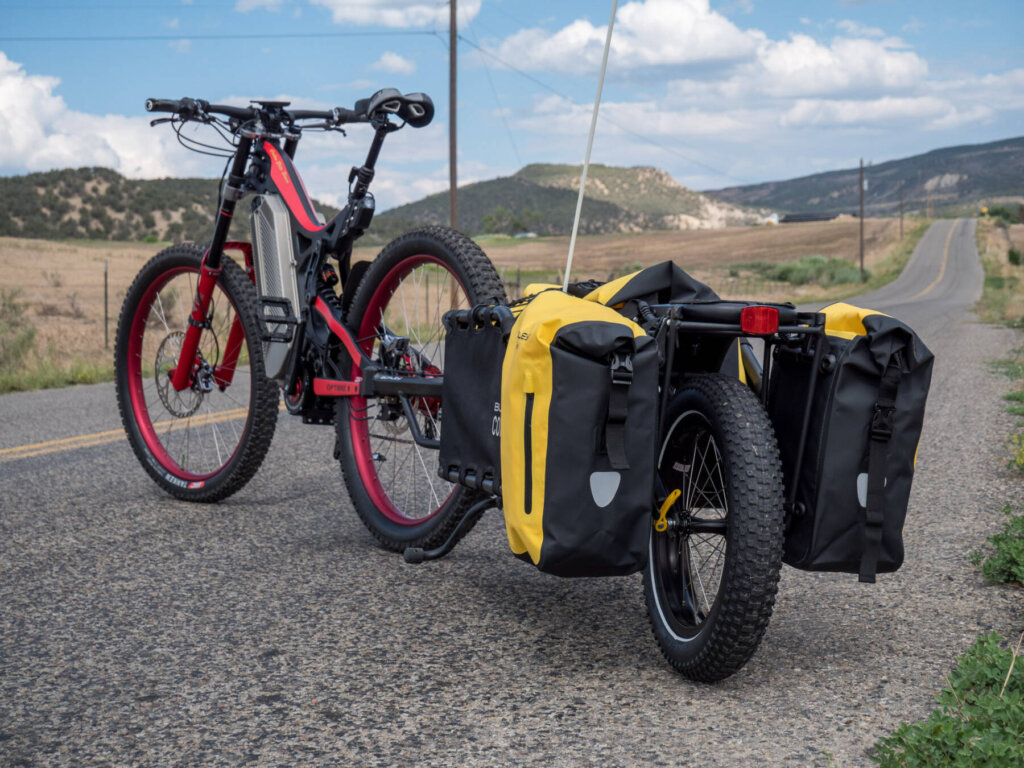
Interestingly, the best long-range electric bikes deliver more power, allowing riders to embark on extended rides. Furthermore, riders frequently ask questions like: How far can the e-bike really go? Is dual-battery worth the weight? How do I squeeze more miles out of my ride?
We’ve put together this guide to help you answer these questions and pick the right long-range e-bike in 2025.
What to Consider in a Long-range E-bike
There are crucial features to consider when choosing a long-range bike, as these features matter a lot for your pleasurable and extended rides:
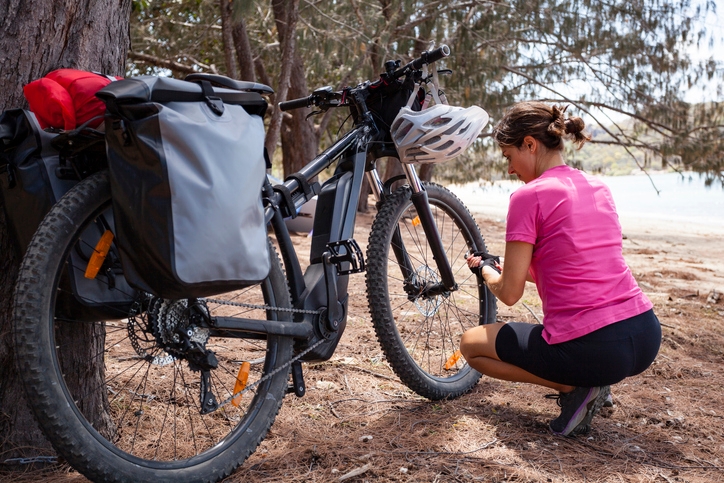
Battery
The capacity of the e-bike’s battery is an essential factor in determining the range, which is measured in watt-hours (Wh). Additionally, the battery capacity of long-range e-bikes should be 700 Wh or above. However, a big battery on your e-bike does not guarantee you an extended range for your rides. Additionally, your battery health is crucial, as factors such as extreme temperatures and poor charging habits can reduce its capacity over time. Although some premium e-bike models feature a dual-battery system with capacities exceeding 1.5 kWh, this provides a significant increase in mileage.
Motor (Hub vs. Mid-Drive)
The type of motor plays an important role in determining how efficiently your electric bike’s battery energy is used. Meanwhile, e-bike motors are of two kinds (mid-drive and hub), and their mode of operation is different. Moreover, they are located at the bike’s bottom bracket, near the pedals, and in the centre of the front or rear wheel, respectively. The Mid-drive motor is the most efficient, as it delivers a longer range for e-bikes, regardless of the terrain. Even though the hub motor performs best on flat terrains, a sturdy hub motor might still have a reasonable range.
Sensor Technology (Torque vs. Cadence Sensors)
The type of sensor in your electric bike dictates how the motor engages and delivers assistance on your rides. Additionally, this ends up affecting the electric bike battery life, riding range, and your riding experience. This encourages pedalling and significantly extends range compared to a cadence sensor, which turns the motor on and off.
Terrain & Riding Style
Riding on flat terrain at low pedal assist levels will maximise range, which is the most efficient. Meanwhile, the constant throttle usage or riding on the highest pedal assist level will drastically reduce your range. Riding on flat and smooth pavement is the most efficient. In addition, the e-bike motor tends to work well against gravity when climbing hills, which quickly drains the battery.
Highly Rated Long-Range E-bikes in 2025
Lectric Xpedition 2.0
The Lectric Xpedition 2.0 is a Class III e-bike with an estimated peak speed of 28 mph. In addition, it has a 750W rear hub motor with a maximum power output of 1310W and 85Nm of torque. Moreover, the Xpedition 2.0 features a dual-battery system, which combines two removable 48V, 17.5Ah batteries for a total capacity of 35Ah and 1680Wh.
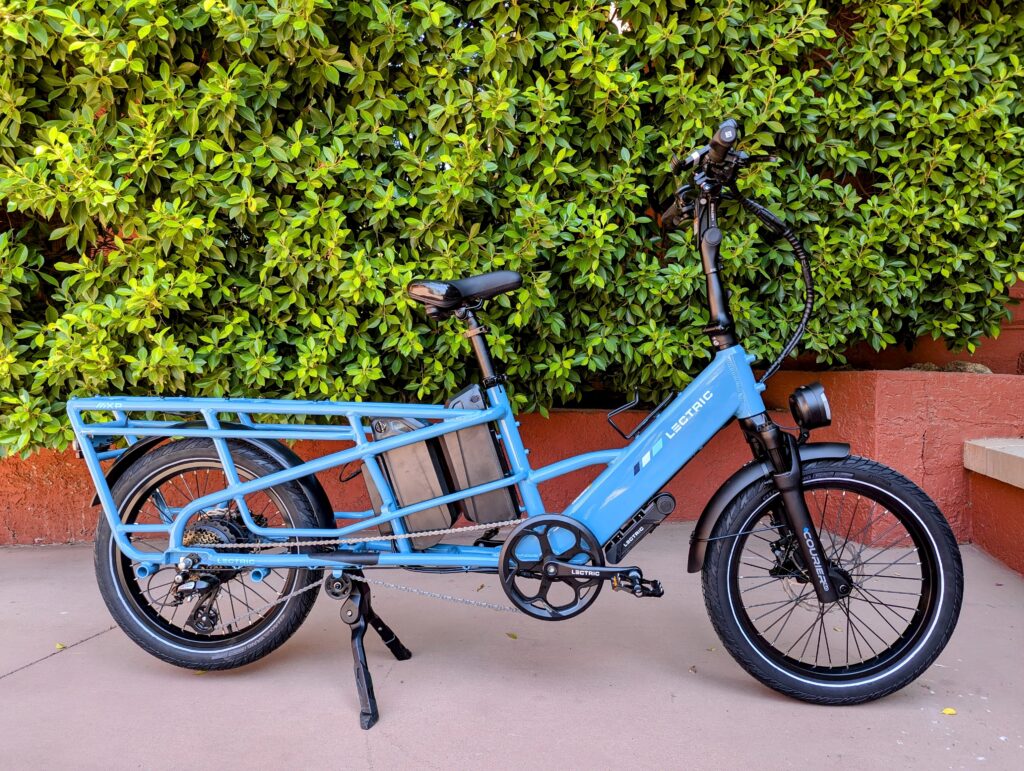
Furthermore, the system utilises power from both batteries while maintaining a higher voltage, allowing for a more extended range of up to 170 miles. It is an ideal choice for riders who need to haul children, groceries, or a significant amount of gear over long distances.
Aventon Aventure.3
Aventon Aventure 3 is a class 2 fat-tire e-bike capable of tackling a variety of terrains, from gravel and snow to dirt trails. Plus, it features a 36V/20Ah/733Wh battery offering 65 miles of range per charge. Since Aventure 3 is a class 2 e-bike, it has a top speed of 20mph. Additionally, this can also be adjusted to a class 3 e-bike to achieve a top speed of 28 miles.
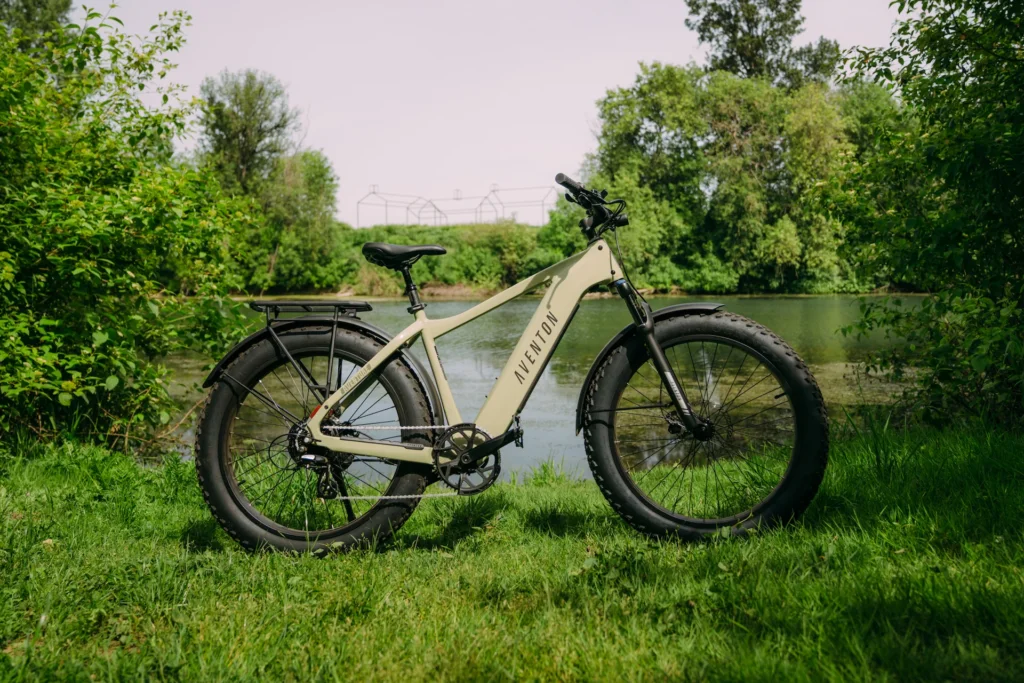
Also, it has a 750W rear hub motor, with a maximum power output of 1,188W and 80Nm of torque. The motor and the torque sensor work together to deliver a smoother and more controlled power delivery on your rides. Adventure 3 is an excellent choice for commuters and adventurous riders who want to explore beyond paved roads.
Fiido Titan
The Fiido Titan is a fat-tire e-bike that features a 48V/14.5Ah/696Wh battery, which can travel 84 miles on a single charge. Plus, it features up to three batteries, which are estimated to achieve a range of up to 250 miles (400 km). This feature enables riders to customise their range according to their specific riding needs and style. Additionally, the Fiido Titan is equipped with a 750W motor (1130W peak) and 4-piston hydraulic brakes for superior stopping power. Also, with the use of pedal-assist, it has an average speed of 25km/h, a range of 135km, and a 440-pound payload capacity.
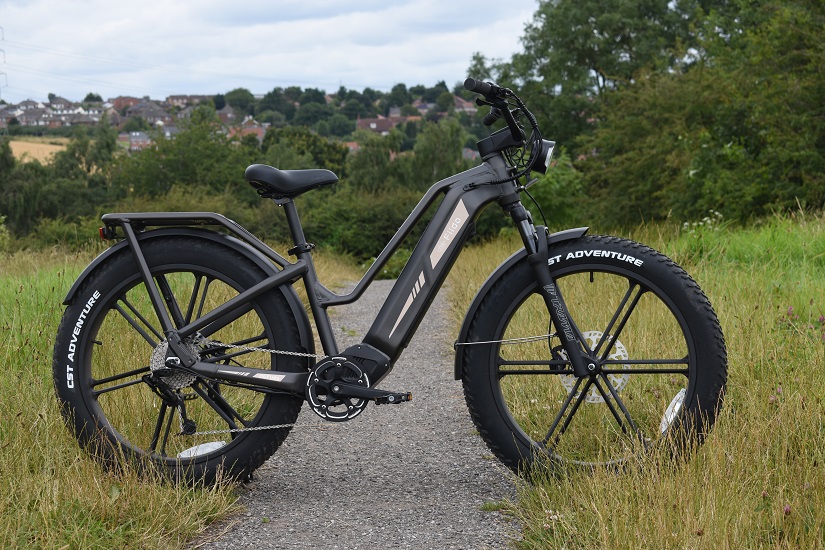
Velotric Discover 2
The Velotric Discover 2 is powered by a motor with a 750 W (1100W peak) and a 705.6 Wh battery. This delivers an estimated range of up to 75 miles with pedal assist, and it features 75 N·m of torque. Additionally, it features a sensor swap capability, allowing you to use either the torque or cadence sensor. Discover 2 is an excellent choice for riders seeking a reliable and enjoyable e-bike for both daily commutes and extended rides.
Urtopia Carbon Fusion GT
Urtopia Carbon Fusion GT has a dual-motor, a 529.2 Wh battery and a 350W motor in each hub (for a total of 700W) and a 529.2 Wh battery. Additionally, the Urtopia Carbon Fusion GT features a dual-battery system, which increases your riding range. Moreover, it is a Class 2 e-bike with an estimated range of up to 120 miles, featuring a removable battery. Additionally, the dual-motor system can also provide up to 1,500W of peak power. Furthermore, it can be adjusted from a Class II e-bike to a Class III e-bike with a top speed of 28 mph.
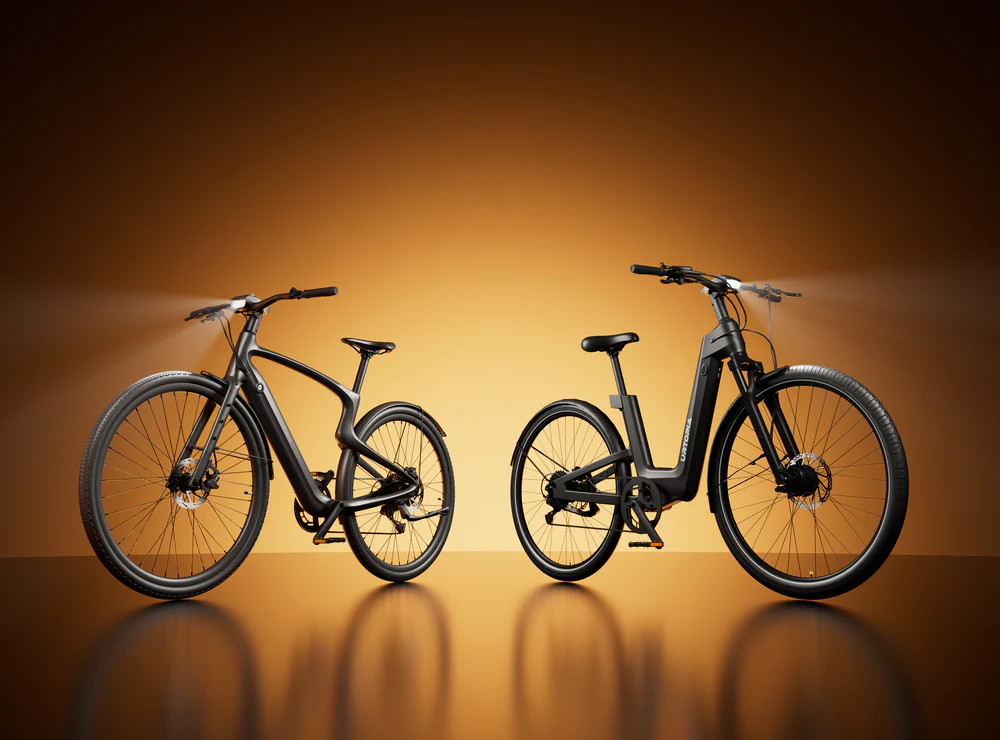
Conclusion
The best long-range e-bikes deliver more than just an extended riding performance, but also offer comfort for your rides. Furthermore, the demand for electric bikes has expanded beyond factors like pricing and design. It’s now more about improving efficiency in terms of motor wattage and battery size.
Choosing the right long-range e-bike depends largely on several factors, including the presence of torque sensors and improved battery capacity. However, some models come with the integration of advanced technologies, such as torque sensors, GPS tracking, and hydraulic brakes, which increases their price points. And this feature benefits riders by providing a more refined, efficient, and safer riding experience.
With a longer range comes more pleasurable and extended rides!

